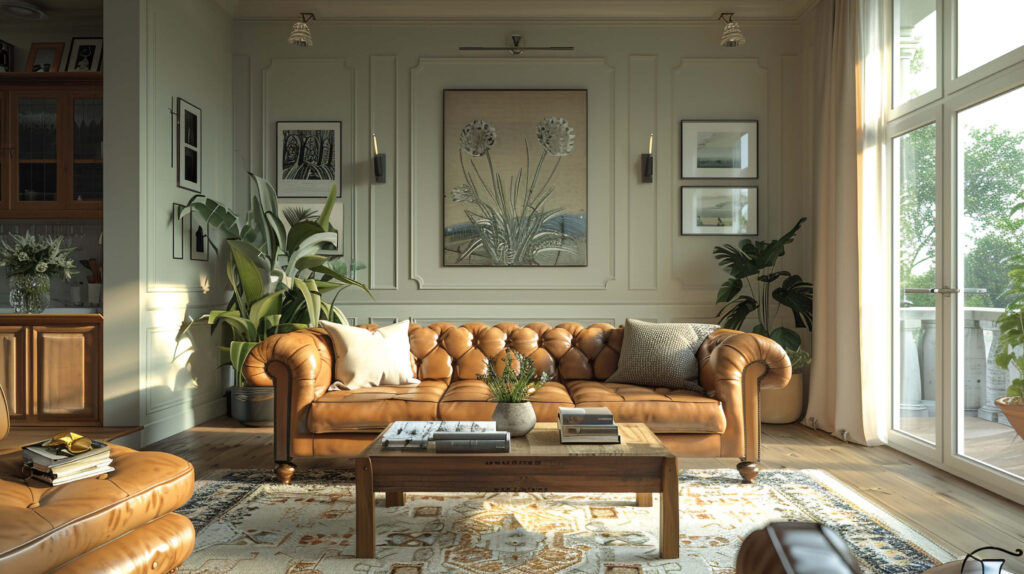
In the ever-evolving world of interior design, trends come and go, but some styles stand the test of time. One such enduring style is transitional design, which masterfully merges the best of both traditional and contemporary aesthetics. By balancing classic charm with modern simplicity, transitional design creates spaces that feel fresh yet timeless, offering a sense of comfort and elegance for any home.
At its core, transitional design is the meeting point of two worlds: the sophistication and richness of traditional design and the clean, uncluttered aspects of contemporary styles. This balance results in spaces that are neither overly ornate nor starkly minimalist, offering a versatile approach that adapts to different tastes and environments.
Key characteristics of transitional design include:
Clean lines
While transitional spaces borrow heavily from traditional styles, they avoid the excessive ornamentation often associated with classic designs. Instead, clean, straightforward lines dominate, particularly in furniture and architectural details.
Neutral colour palettes
A hallmark of transitional design is its use of neutral tones, such as taupe, grey, ivory, and beige. These understated hues allow for the blending of different elements without overwhelming the senses. Pops of colour may be introduced through accessories or art, but they are usually kept subtle.
Mix of textures
Since transitional spaces lack bold patterns or bright colours, texture plays a crucial role in adding depth and style. Combinations of wood, glass, metal, and fabrics such as linen, cotton, or velvet creates a harmonious interplay that engages the senses without over-complicating the design.
Furniture in Transitional Design
Furniture in transitional spaces is often comfortable, functional, and timeless. Unlike contemporary furniture, which tends to favour stark, angular shapes, or traditional pieces that may feature ornate carvings and details, transitional furniture strikes a balance. It is elegant, often featuring curved edges but avoiding excessive decoration.
Popular materials in transitional furniture include wood, leather, and upholstered fabrics. The focus is on comfort without sacrificing style. For instance, a classic armchair with clean lines may be paired with a sleek glass coffee table, creating a sense of continuity between past and present.
Balancing Classic and Modern
The key to a successful transitional design lies in balance. Neither traditional nor contemporary elements should dominate the space; instead, they should coexist in harmony. Here are some tips for achieving this balance:
Combine old and new
You can incorporate a vintage chandelier in a modern dining room, or pair a traditional tufted sofa with minimalist side tables. The goal is to create an interplay of contrasting elements that feel intentional rather than random.
Focus on simplicity
While transitional design is eclectic in nature, it never feels cluttered. Keep the decor minimal, and let the furniture, lighting, and accessories shine on their own. For example, a modern mirror can serve as a statement piece in an otherwise classic room.
Embrace symmetry
One way to create a sense of order in transitional design is by maintaining symmetry, particularly in larger spaces. Matching armchairs or identical lamps on either side of a sofa can help ground the space and make it feel cohesive.
The Versatility of Transitional Design
One of the greatest strengths of transitional design is its versatility. Because it draws from both traditional and contemporary styles, it can easily adapt to various spaces and personal preferences. Whether you’re decorating a cosy urban apartment or a sprawling country home, transitional design provides a flexible framework that feels personalised yet timeless.
Inweaver Technologies Pvt. Ltd,
5B, 2nd Floor, 10th Cross, RMV Extension, Sadhashivanagar,
Bangalore 560080. India
support@inweaver.com
Phone +91 63633 87505